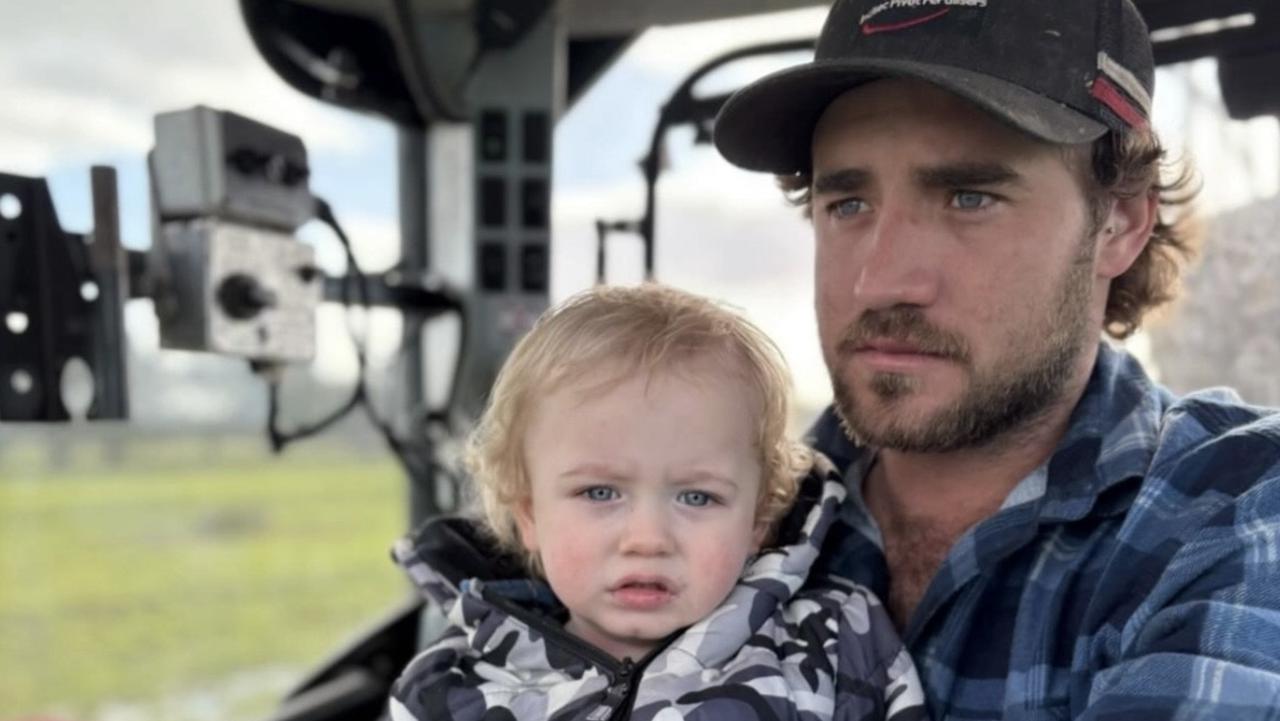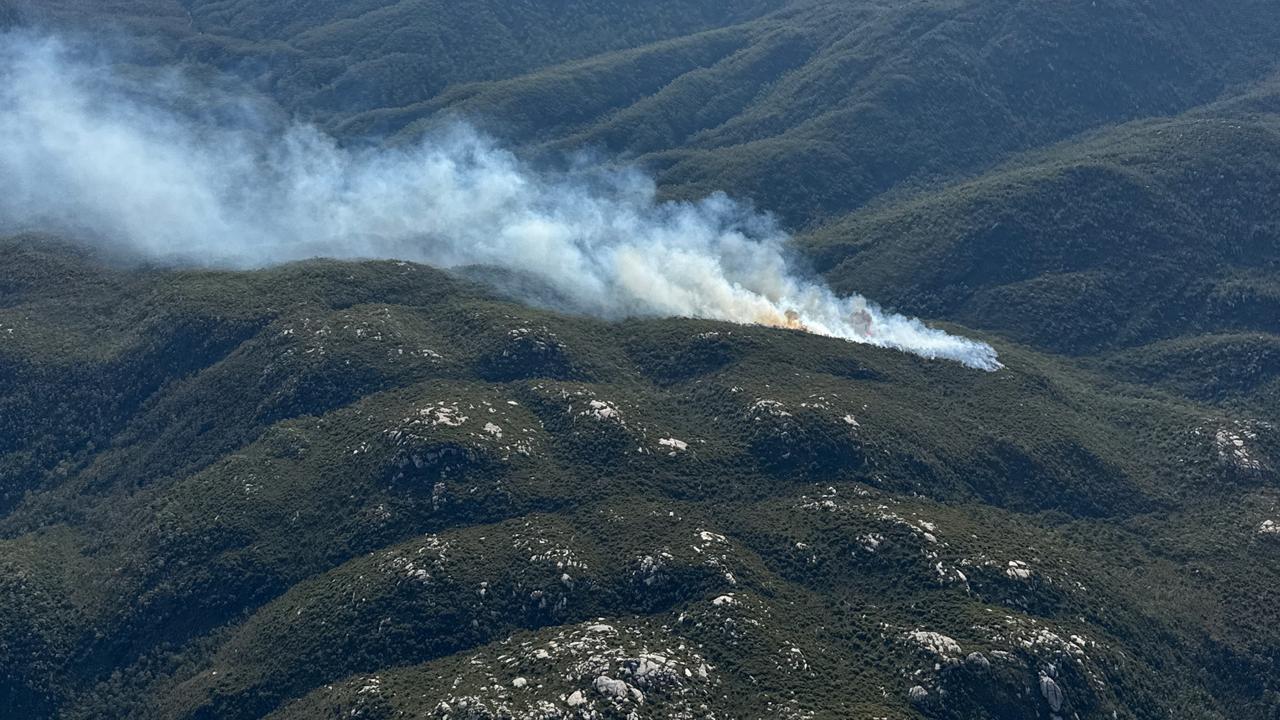Bold “Tasmania Together” initiative remembered 20 years later
It wasn’t that long ago then-Premier Jim Bacon set some incredible, and world-leading goals for Tassie in the government’s Tasmania Together 2020 vision. But how close did we come to achieving these forgotten goals?
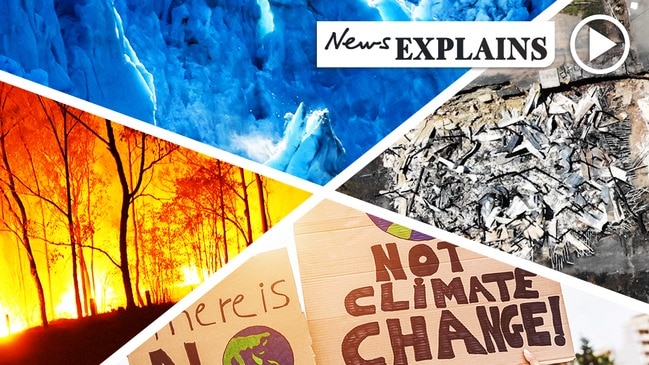
Tasmania
Don't miss out on the headlines from Tasmania. Followed categories will be added to My News.
- Tasmanian primary schoolers failing reading standards
- Tourism not the only path
- Homeless program ‘the best step I ever took’
- Arctic Circle warming – including sweltering Siberia – a message for our leaders
THE state government’s now-abandoned Tasmania Together 2020 targets were set as a daringly optimistic vision for the island at the turn of the millennium.
Late former Premier Jim Bacon MHAwas at the helm of the ambitious project and community consultation process engaging as many Tasmanians as possible to have their say on their humble island’s future.
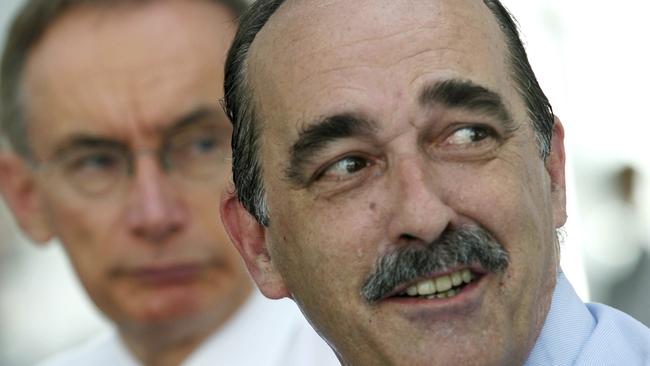
The then Labor leader assembled 20 people into a Tasmania Together Community Leaders Group in May 1999.
Former leader Danny Keep said their task was to chat with Tasmanians and pool data for 2020 state goals.
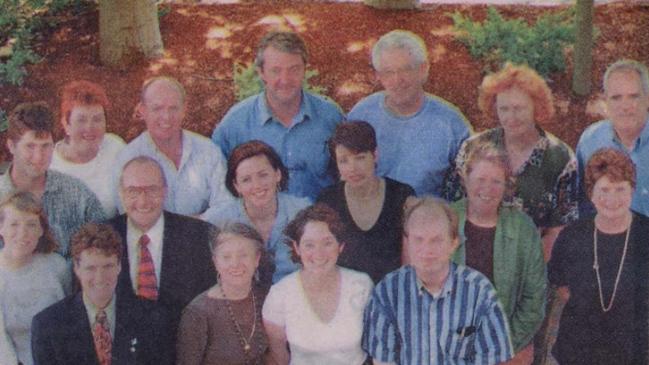
“It’s revolutionary to think governments can sit down and ask the people what they wanted to see Tasmania look like in the next 20 years,” he said.
Mr Keep said the state was economically and culturally in a “pretty ordinary spot” off the back of an early 90s recession.
“Tasmanians felt that all of a sudden they were connected to a process that would lead to positive outcomes,” he said.
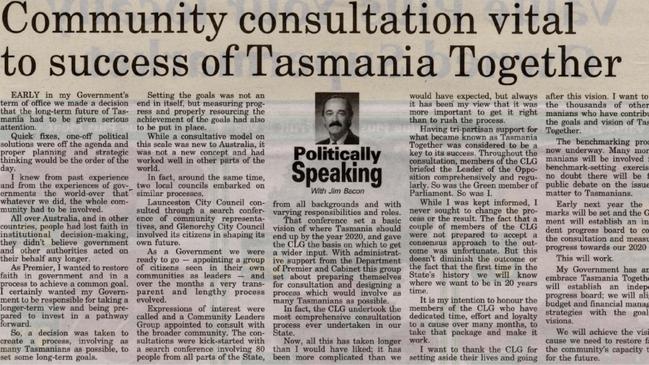
The consultation process from February to May 2000 involved 100 community organisations and received 160 feedback submissions along with 4,000 comment sheets, 6,200 website messages and 2,500 postcards.
The board visited 90 places in 80 days in the “Tasmania Together bus” to deliver more than 100,000 questionnaires and hold 35 community forums.
The result of ongoing feedback and consultations was a singular 2020 vision and 12 key goals with 155 performance benchmarks.
Mr Keep said the team had agonised over trying to “nail the vision”, which eventually read: “Tasmania is an island community, unique for its natural and cultural environment where people enjoy a prosperous lifestyle based on quality, creativity and opportunity.”
Goals included high quality education and training, increased work opportunities, protection of natural heritage and a “dynamic, creative and internationally recognised arts community and culture”.
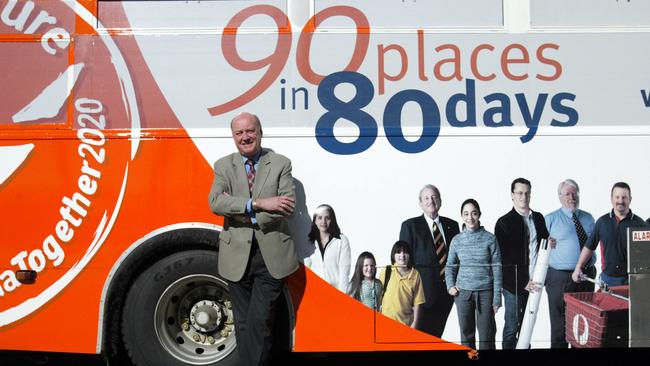
Former Tasmania Together director Phillip Hoysted said the initiative was based on a similar United States project “Oregon Shines” in 1989.
He said Tasmania had achieved the unimaginable transforming an “industrial backyard full of wire and cabling and rusty old drums” into the vibrant Salamanca Square and bringing Mona to globally revered heights.
Recent research found Tasmanians were now more culturally engaged than every mainland state and territory excluding the ACT.
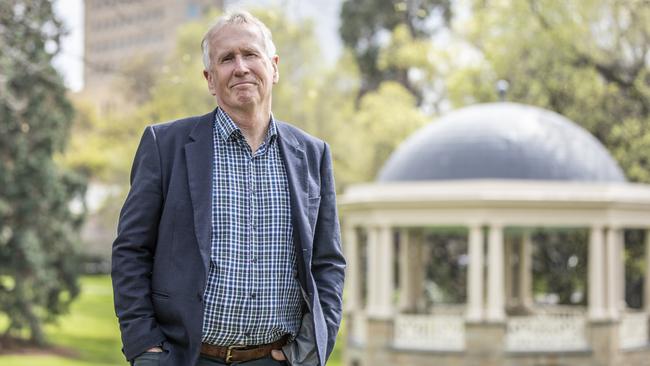
Mr Hoysted said the TT benchmark “woefully underestimated” tourism visitor numbers which sought a 10 per cent increase every five years to reach 750,000 in 2020.
Actual figures revealed 1.26 million visitors came to Tasmania in 2017.
Tasmania’s greenhouse emissions were planned to decrease from 9.8Mt to 7.4Mt, but a 95 per cent decrease from 1990 to 0.87Mt in 2017 eventuated.
Not all benchmarks were successful.
The number of long-term unemployed people was 6900 in 2001 and aimed to shrink to 1900 in 2020, but only dropped to 4500 in January this year.
Family violence, year ten-12 student retention and smoking rate targets fell short.
Mr Hoysted said the forestry industry was “apoplectic” about eradicating clear-felling in old-growth forests by 2010.
He said criticism from the Liberal party, unions and industry bodies lingered.
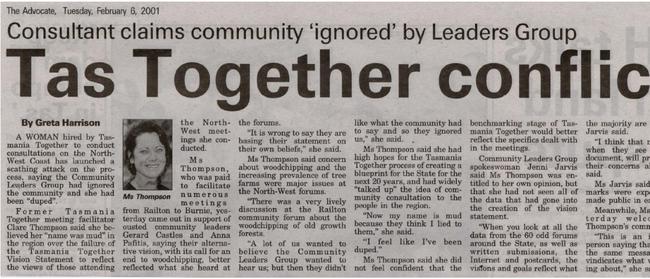
“As time goes by there’s less enthusiasm, new Premiers, new ambitions, new policies, new goals,” he said.
“Eventually it just faded away.
“I would have said to Jim ‘we need to get out there and sell it, we need to build it properly into the budget process’.”
In 2012, the Lara Giddings government repealed TT to divert funding into the “Stats Matter” project.
The Bill acknowledged TT’s data collection and reporting as a foundation for future government planning.
Mr Hoysted said the project was largely forgotten, but said TT taught us to ask bigger political questions.
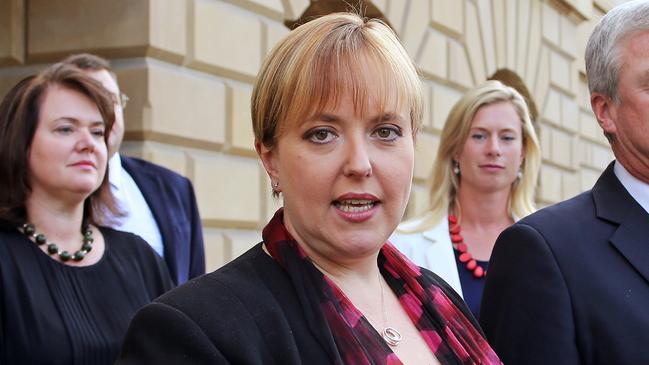
“Where do we want to be and how are we going to get there – shouldn’t we be asking that question all the time?” he asked.
Community leader Mr Keep said he wished the plan covered a ten-year period or that the project had a “champion” to see it through, with the unexpected death of Jim Bacon in 2004 casting a dark cloud over the initiative.
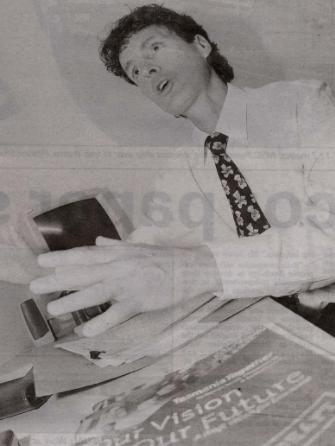
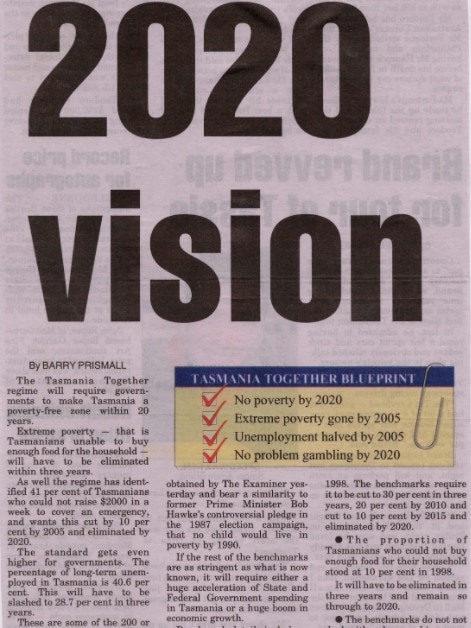
Mr Keep said the project kept politicians accountable and made locals “feel good about themselves” for the first time in years.
“There’s never been a more profound appraisal of what the people want than the Tasmania Together process,” he said.
“Over the years I’ve looked back at how amazing it was and how lucky I was to be involved.”
Mr Keep helped organise a reunion with the former community leaders this month where attendees had “a few drinks, a meal” and “checked out how many wrinkles we’ve acquired”.
“It’s a chance to reflect on the part we played consulting Tasmanians and hearing their vision,” Mr Keep said.
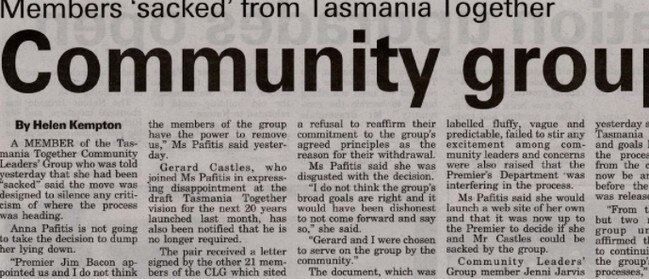
One former leader, Louise Sullivan, said she was pregnant when the process started – that child is now 21.
“We all had very strong personalities so no one was backward in coming forward, but it was a good experience,” she said.
The now disability worker felt some social issues had worsened since 2000, including the Public Health and affordable housing crises, but she was proud Tasmania, like New Zealand, was “no longer the butt of jokes”.
Originally published as Bold “Tasmania Together” initiative remembered 20 years later


